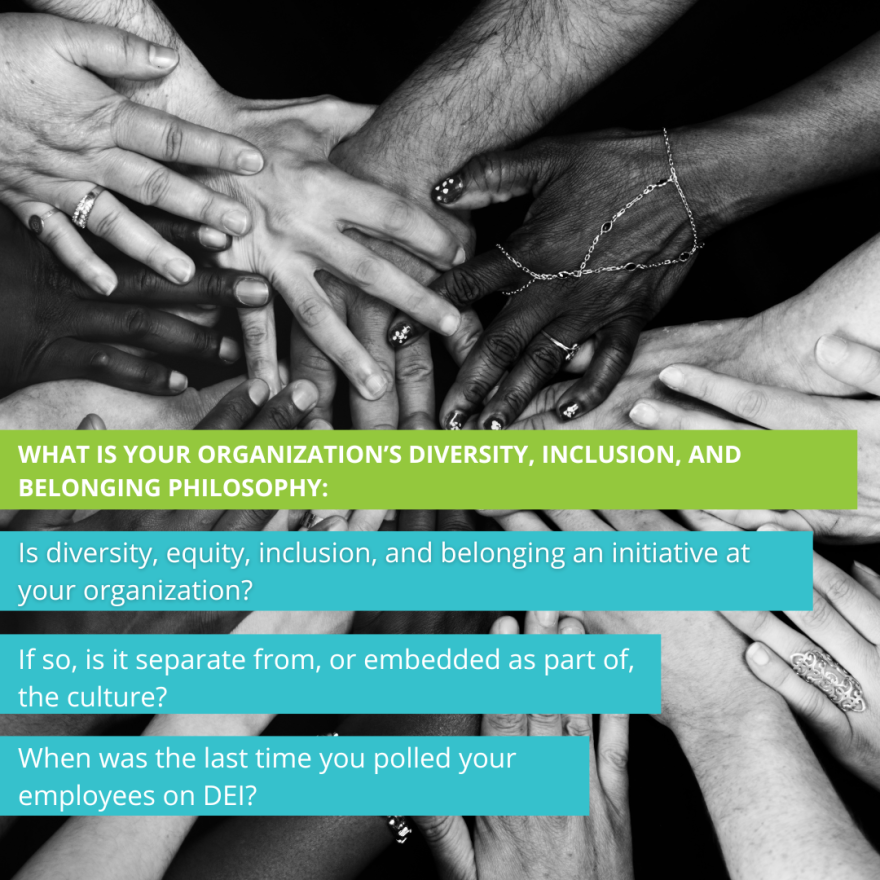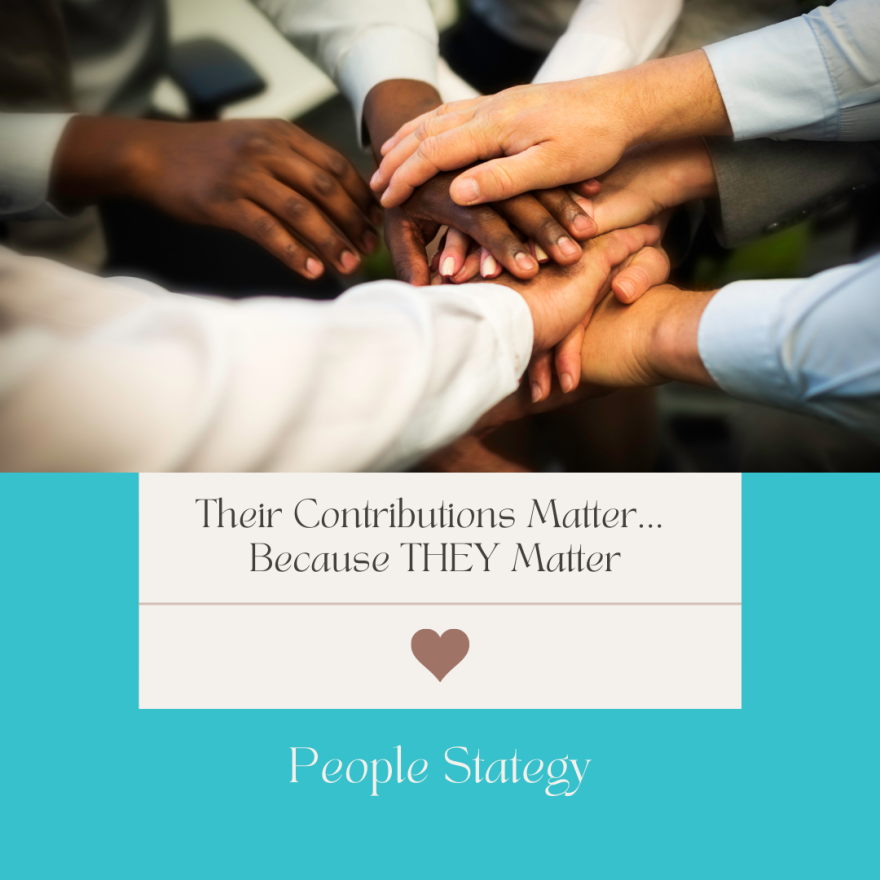|
Talent Triage[1] – Individuality
I’ve been asked why I named this series “Talent Triage”, and it’s mainly because I feel that some organizations still lack the discipline, expertise, and ability to hire well in an ever-changing work environment.
Bandaging the bleeding, i.e., triage, is the typical response when a person is injured (or recruiting initiatives fail). With injured human beings, if you triage without further examination of the root cause of the bleeding, the patient’s chances of surviving are greatly diminished. When organizations get recruiting wrong, that lack of examination has a long-term effect on the sustainability of the organization.
This week, we’re talking about driving engagement through the uniqueness and differentiation of your employees.
The poll statement for this topic – frustrated that the job advertisement isn’t compelling enough to attract candidates, resulting in a low volume of applicants – generated a three-way tie. Never, sometimes, and often each received 33% of the votes. This may indicate that organizations are inconsistent with an effective, efficient, and compelling people strategy.
For those who said never, congratulations! Your ability to provide compelling job advertisements that attract the right candidates, with the right skills and capabilities, and the right “fit” for your culture is to be admired!
For those who selected sometimes and often, I hope to help you identify a new way to design a job posting that speaks to your ideal candidate pool.
In last week’s blog, the topic centered around the Employee Experience and discussed the importance of asking questions around “feeling heard” and having an “outlet for employees to provide feedback.”
In addition to those two, another element of the Employee Experience is celebrating individuality. Employees crave a safe environment where they can be themselves. Regardless of their hair style, clothing, gender, sexual orientation, and/or skin color, everyone wants to feel they belong. This belonging improves employees’ sense of psychological safety, which, in turn, has a positive impact on their work.

One way to ensure psychological safety for your team is to spend time focusing on the attributes of the organization’s diversity, inclusion, and belonging philosophy:
- Is diversity, equity, inclusion, and belonging an initiative at your organization?
- If so, is it separate from, or embedded as part of, the culture?
- When was the last time you polled your employees on DEI?
Answering those overall questions begins with a bit of self-reflection:
- How are we communicating our culture of be longing?
- Do our job postings expressly represent the “why” – why us, why this position, why now?
- How often do our current employees tout the joys of working for our company?
The first step in filling a position is to identify how that position within your organization is unique, different, and exciting. Those answers drive diversity and attract distinctive and different candidates. Second, identify the “why” for your candidates by focusing on these three questions:
-
Why your organization? (How do you promote individuality)
-
Why this position? (What opportunities does this position promote)
-
Why now? (Why would the candidate consider this job, with your company, right now)
The point of these questions is to identify the compelling reason to candidates to apply for the position. Candidates need to be able to look beyond the position and work environment and see themselves in this position with your company for longer than just the foreseeable future. Powerful job postings are bound to gain more attention and garner greater interest than a standard posting that focuses solely on the job requirements.
I recommend having some fun with your job postings while being intentional with your hiring strategy. Your people matter. Their roles matter. Their contributions matter. Make it about “them” and the unique gifts they can provide your organization.
When the people strategy is strong, these elements fall into place. Without a strong people strategy, you may continue feeling frustrated that [your] job advertisement isn’t compelling enough to attract candidates, resulting in a low volume of applicants.

I used to get caught up in the “group think” mentality, hiring people who were more like me, who spoke like me, talked like me, believed like me. When, as the vice president of human resources, I finally understood the value of individuality, the hiring process, our teams, and the overall organization grew exponentially. We learned to embrace each other’s gifts, recognizing that the uniqueness us successful. This enlightenment brought about great change and influenced respect for ourselves and others, deepening our trust, and helping us achieve success otherwise thought impossible.
Want to learn what we did to achieve this? Let’s chat.
Want to build the right culture with the right people? You can start by looking at your employee base, how you recruit, hire, onboard, and retain: click here to hire intentionally (click the “start for free” icon to get started).
Employees already rock it and you’re ready to take your team to the next level? Click here to build (and grow) your team intentionally.
P.S. Book a Complimentary Strategy Session so we can get you moving in the right direction; click on my Complimentary Strategy Session calendar link here and let’s book a time together so you can get started today!
P.P. S. With over three decades of professional experience in corporate operations and executive human resources, I am a proven results-driven leader. My expertise includes strategy, change management, talent management and organizational development, employee relations, and executive and leadership coaching. I am a highly effective communicator and team leader with demonstrated ability to build long-term relationships across internal and external customer environments built with integrity, confidence, authenticity, and trust.
[1] Over the last few weeks, I polled my LinkedIn colleagues with a few different statements, all referring to their people strategy. The series was called “Talent Triage” and each poll provided a 1-5 rating to respond to that week’s statement: 1 never, 2 infrequently, 3 sometimes, 4 often, and 5 always.
|